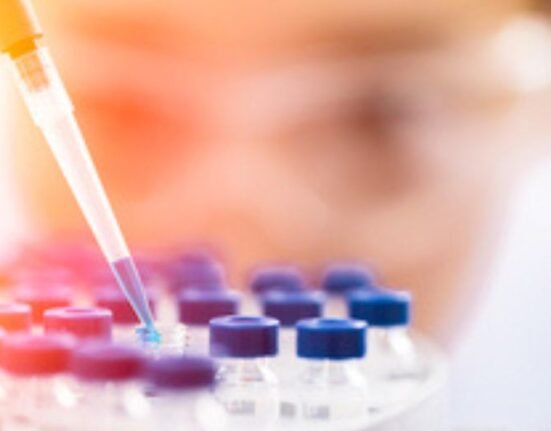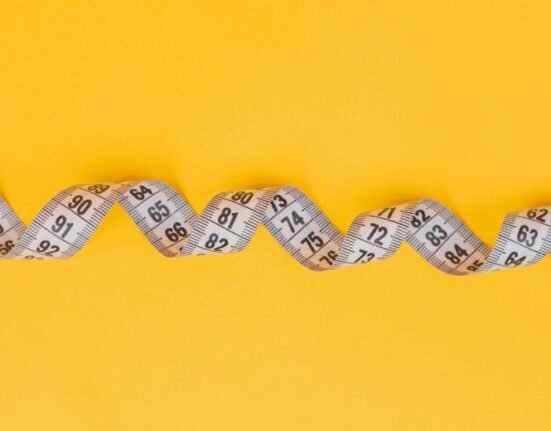Photo by Towfiqu barbhuiya on Unsplash
HQ Team
October 10, 2022: Obesity is a worldwide epidemic. According to the WHO, over 1.9 billion adults aged 18 years and older are overweight, and over 650 million adults are obese. Exercise and diet are the well-known panaceas for this. And any study that identifies the cellular mechanisms that affect this process is welcome.
Researchers at MIT and Harvard have mapped out the cells and cellular pathways that are modified by exercise or a high-fat diet. The new study will enable the delivery of drugs that could enhance or mimic the benefits of exercise, the researchers say.
“It is extremely important to understand the molecular mechanisms that are drivers of the beneficial effects of exercise and the detrimental effects of a high-fat diet so that we can understand how we can intervene and develop drugs that mimic the impact of exercise across multiple tissues,” says Manolis Kellis, a professor of computer science in MIT’s Computer Science and Artificial Intelligence Laboratory (CSAIL) and a member of the Broad Institute of MIT and Harvard.
For the study, the researchers observed mice with high-fat or normal diets who were either sedentary or physically active. They mapped out 53 types of cells found in the skeletal muscles and two types of fatty tissues using single-cell RNA sequencing.
These tissues were taken from four different groups of mice. Out of these, two groups were fed a normal to the high-fat diet for three weeks. For the next three weeks, each of those two groups was further divided into a sedentary group and an exercise group.
In all three tissue types, mesenchymal stem cells (MSCs) appeared to control many of the diet and exercise-induced effects. MSCs are stem cells that can differentiate into other cell types, including fat cells and fibroblasts. In adipose tissue, the researchers found that a high-fat diet could change MSCs’ capacity to differentiate into fat-storing cells, while exercise had the reverse effect.
“One of the general points that we found in our study, which is overwhelmingly clear, is how high-fat diets push all of these cells and systems in one way, and exercise seems to be pushing them nearly all in the opposite way,” Kellis says. “It says that exercise can really have a major effect throughout the body.”
The risks of obesity
Obesity is a risk factor for many diseases, including heart disease, cancer, Alzheimer’s disease, and more.
“Obesity, along with aging, is a global factor that contributes to every aspect of human health,” Kellis says.
Another study on the FTO gene region has been linked to obesity risk. The researchers here found a pathway that controls metabolism by prompting fat cells called progenitor adipocytes to store or burn fat.
This was a precursor for researchers to delve further into the role of genetics and exercise in obesity,
Circadian rhythm
The researchers also found that high-fat diets and exercise had opposing effects the circadian rhythms — the 24-hour cycles that govern sleep, body temperature, hormone release, and digestion. Exercise regulates the rhythm, while a high-fat diet suppresses them.
“There have been a lot of studies showing that when you eat during the day is extremely important in how you absorb the calories,” Kellis says. “The circadian rhythm connection is a significant one, and shows how obesity and exercise are in fact, directly impacting that circadian rhythm in peripheral organs, which could act systemically on distal clocks and regulate stem cell functions and immunity.”
“These results help us see the translational values of these targets and how we could potentially target specific biological processes in specific cell types,” Yang says.
The researchers are now conducting further analysis to explore the benefits and harm of exercise and a high-fat diet on the liver, brain and intestine tissues.
The next step is to carry out similar studies on human volunteers. The hope is to help design drugs that can mimic the benefits of exercise on the genetic pathways of fat-burning cells.
“The message for everyone should be, eat a healthy diet and exercise if possible,” Kellis says. “For those for whom this is not possible, due to low access to healthy foods, or due to disabilities or other factors that prevent exercise, or simply lack of time to have a healthy diet or a healthy lifestyle, what this study says is that we now have a better handle on the pathways, the specific genes, and the specific molecular and cellular processes that we should be manipulating therapeutically.”
Manolis Kellis and Laurie Goodyear are the study’s senior authors. Jiekun Yang, a research scientist at MIT CSAIL; Maria Vamvini, an instructor of medicine at the Joslin Diabetes Center; and Pasquale Nigro, an instructor of medicine at the Joslin Diabetes Center, are the lead authors of the paper. The National Institutes of Health and the Novo Nordisk Research Center in Seattle funded the research.








